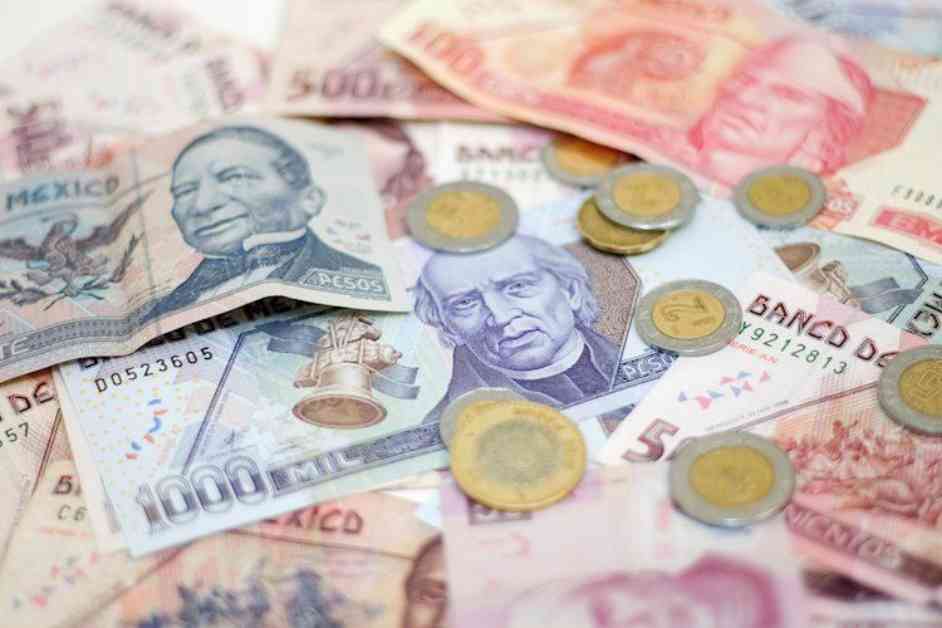The Mexican Peso experienced a slight decline against the US Dollar after making gains over the past five trading days. Currently, the USD/MXN pair is trading at 18.41, showing a 0.08% increase. This movement can be attributed to various political developments, including judiciary reform, which have impacted market sentiment and led to capital outflows from the Peso.
Additionally, Federal Reserve officials have adopted a cautious approach towards inflation, influencing market expectations regarding monetary policy. Despite the Mexican economy showing signs of strength, with robust economic data, traders are eagerly awaiting the release of April’s Retail Sales report. President Andres Manuel Lopez Obrador’s plans for judiciary reform, set to be approved in September, are also closely monitored by investors.
Moreover, there has been discussion among policymakers regarding the possibility of a rate hike, with some officials indicating a preference for increasing the fed funds rate if inflation does not show improvement. This uncertainty surrounding monetary policy and political reforms in Mexico continues to impact the USD/MXN exchange rate, creating a sense of volatility and risk aversion among traders.
Looking ahead, the upcoming Retail Sales data is expected to show a decrease of -0.3% MoM, worse than the previous month’s contraction. This, along with the Mexican currency’s depreciation, could influence Banxico’s decision on monetary policy at the next meeting on June 27. A rate cut could potentially weaken the Mexican Peso further and push the USD/MXN pair towards its year-to-date high of 18.99.
In terms of technical analysis, the USD/MXN pair is currently hovering around 18.40, with an upward trend in place. Buyers seem to have control as indicated by the Relative Strength Index (RSI) remaining bullish above the 50-neutral line. To sustain this bullish momentum, the pair would need to surpass the 18.50 mark to retest the year-to-date high and potentially reach higher levels.
It is important for investors to keep in mind that the Mexican Peso’s value is influenced by various factors such as economic data releases, geopolitical trends, central bank policies, and market sentiment. As an emerging market currency, the Peso is particularly sensitive to risk-on and risk-off periods, where market conditions dictate investor behavior towards higher-risk assets.
In conclusion, while the Mexican Peso faces pressure against the US Dollar amid political and economic uncertainties, traders should closely monitor upcoming data releases and central bank decisions to gauge the future direction of the currency. The dynamic nature of the forex market requires a vigilant approach from investors to navigate through potential risks and opportunities effectively.








